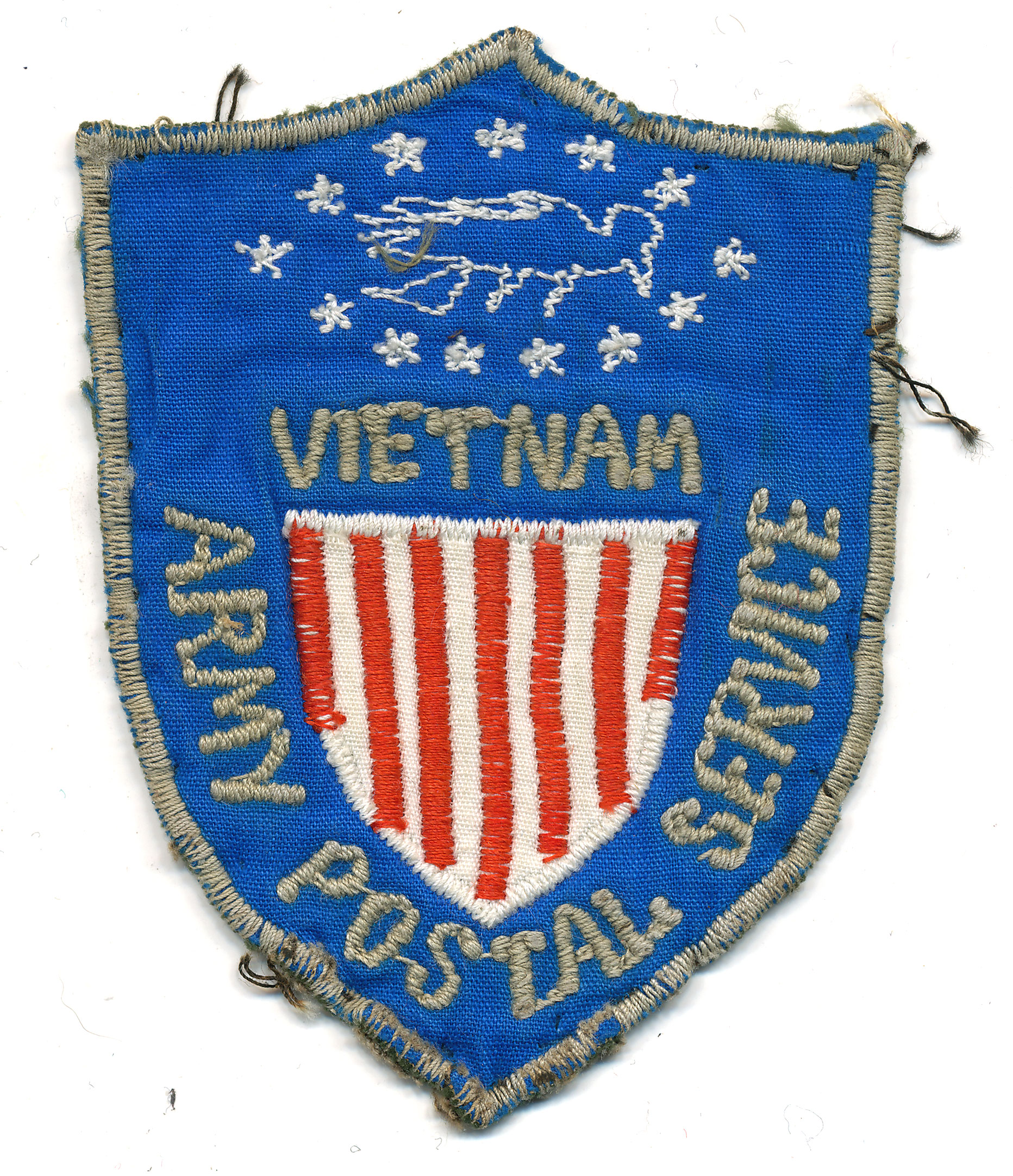 |
|||||||||||
|
March/April 2013 Last To Leave: America’s War Ends BY MARY BRUZZESE
Hodges was commander of the 50th Army Postal Unit in II Corps. He was in charge of three detachments—in Nha Trang, where he was based, Qui Nhon, and Pleiku. He was in country on January 28, 1973, when the announcement was made that the Paris Peace Accords had been signed, which stipulated that all American combat and combat support troops had to leave Vietnam within sixty days, by March 28. “The last two months in country were a crazy time,” Hodges said, as the military began shutting down its operations in Vietnam. Hodges was responsible for doing a face-to-face evaluation of every member of his three detachments who remained in country. By late February all units had to transfer all weapons, ammunition, and equipment over to the ARVN. Hodges was responsible for closing out his unit’s property book. Once this had been completed, a large number of troops left the country. Hodges sent most of his unit home, and by early March he had shut down all but his Nha Trang detachment. The Paris Peace Accords required the Army to provide postal support to the Four Party Joint Military Commission—delegations from the United States, South Vietnam, North Vietnam, and the Viet Cong that would supervise the withdrawal of military forces from Vietnam. By mid-March Hodges, with the rest of his unit already home, remained alone to provide mail support for the four parties. At this point all military in II Corps, aside from Hodges, had departed, and all military installations had been shut down. Hodges had a hooch to sleep in, but no mess hall or other amenities. All the buildings and installations around him had been partially dismantled by the local Vietnamese and all running water was turned off. Hodges had to fend for himself. On March 28, the stipulated day of departure, Hodges had to get down to Saigon, where he would leave the country. The only way he could arrange this was to coordinate with the CIA to get an Air America plane from Nha Trang to Saigon. He arrived in Saigon that evening.
“You can imagine that with no running water in that hot, humid climate, I literally stank,” Hodges said. “After having no running water for two weeks, I finally had a long, hot shower and a decent meal.” Hodges was set to depart Tan Son Nhut Air Base with the few remaining troops the next day, March 29. By that afternoon only two planeloads of people were left, and Hodges was among them. “As we walked out to the tarmac,” Hodges said, “representatives of the four military parties were lined up, watching us get on the two planes. They must have gotten the biggest, tallest men they had, because they all seemed huge. I guess they wanted to look intimidating.” The planes taxied and then sat for a few hours. Finally, the pilot explained that departure was being coordinated with the last two planes carrying POWs from Hanoi. By dusk, the planes landed at Clark Air Force Base in the Philippines, and Hodges and the others deplaned. An hour or two later, Hodges remembers watching the POWs land. “It was an unbelievable sight. They came out on walkers, in wheelchairs, and on stretchers. It was an incredibly touching moment.”
|
|||||||||||
|
|||||||||||
8719 Colesville Road, Suite 100, Silver Spring. MD 20910 | www.vva.org | contact us |
|||||||||||








 March 29 marks the 40th anniversary of the departure of the last American combat and combat support troops from Vietnam. By March 29, 1973, most had already left the country—Pete Hodges was among the very last to leave.
March 29 marks the 40th anniversary of the departure of the last American combat and combat support troops from Vietnam. By March 29, 1973, most had already left the country—Pete Hodges was among the very last to leave. 